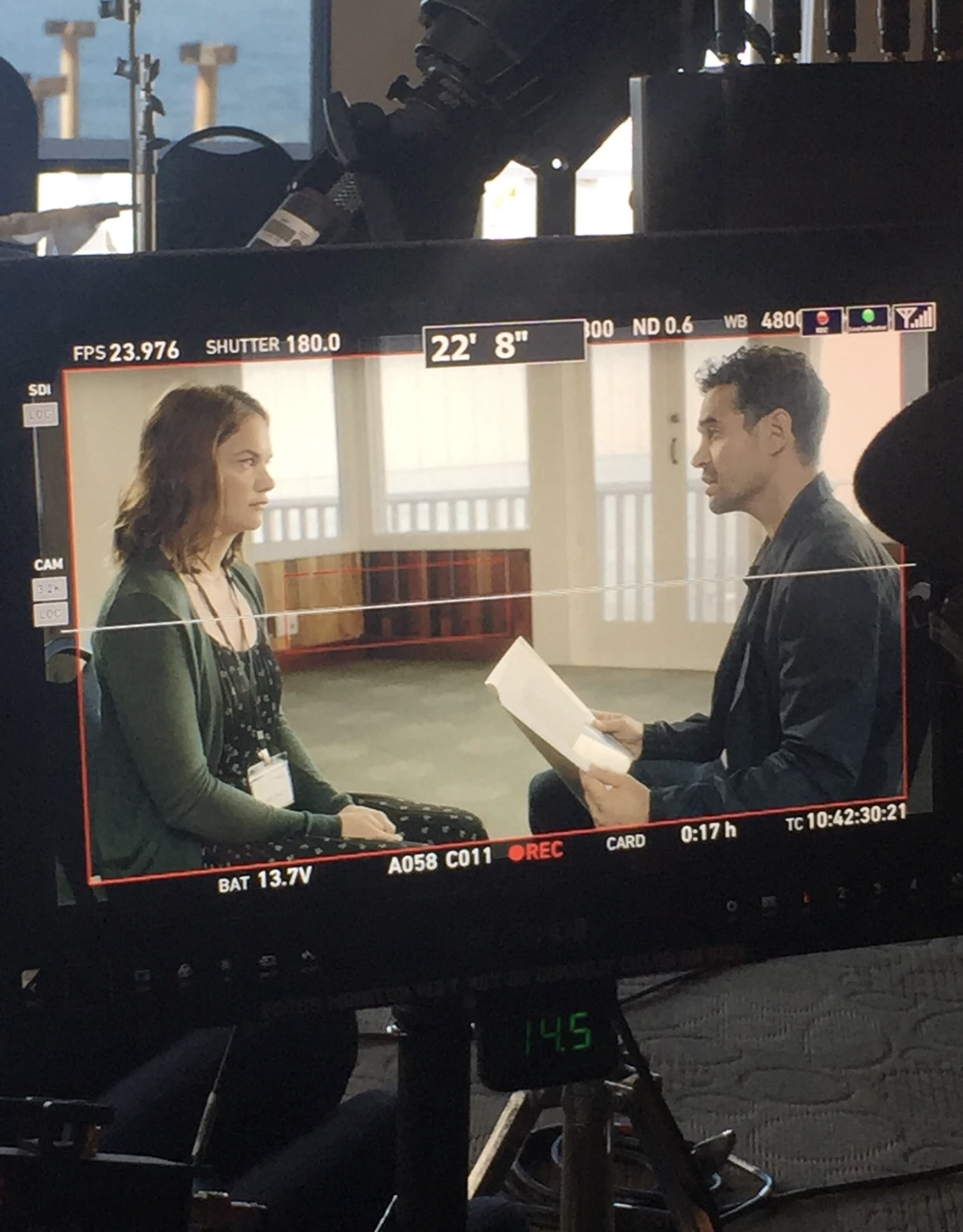When a person experiences traumatic events, the aftermath can be extremely debilitating. Trauma not only affects the mind, but can have lifelong effects on the body. For survivors, their bodies feel deeply unsafe, so the enemy that was once living outside is now living within. So they need to befriend their bodies, safely go inside and experience themselves. There is too much emphasis on the capacity of the cognitive rational brain to conquer our irrational survival brain. You can't rely on reason, you need rely on mastery of your body, safety of your body, finding peace in your body. You need to find some way where your body once again feels like "I am in control of myself."
Read MoreEMDR
EMDR
Samburu or Maasai
Eye Movement Desensitization and Reprocessing (EMDR) is a powerful, well-researched treatment for anxiety & trauma that activates each side of the brain and accelerates the processing of memories.
This technique, called "Bilateral Stimulation (BLS)," occurs, for example, by holding buzzers that alternate a soft vibration in each hand ... right-left, right-left.
If this sounds bizarre, I'm with you.
However, when we activate a disturbing memory by bringing up the emotions, body sensations & thoughts associated with it and then add BLS, an extraordinary free-associative mind-body process begins.
Thoughts, feelings, old memories, or dreamlike fantasies move rapidly through our awareness during this time. As this information is processed, new insights and ways of viewing ourselves & our lives emerge.
It's an "a-ha" moment, when things register in a profound way and the negative emotions are less charged. These old memories, and our interpretations of them, no longer feel as disturbing.
It's Possible: The memories do not go away, but the ongoing, circular thoughts just do not bother you as much anymore!
Despite all the empirical evidence of the power of Bilateral Stimulation (BLS) to help people, we do not know exactly how it works in scientific terms. There are two main theories that may shed some light.
Theory 1:
The rhythm of the stimulation causes a calming effect on the nervous system. Drumming & dancing have been used for thousands of years by cultures around the world to support the processing of traumatic experiences. The calming effect of rhythm may be hardwired into us from the time we were in our mother's womb, listening to her heartbeat.
Theory 2:
This explanation involves the right-left stimulation of the brain's two hemispheres. Similar to what happens during REM or dream sleep, information is processed in a non-linear way, memories are activated and then integrated into a broader picture. In our dream state, or when we tap right-left, right-left, we help the brain activate memory networks and integrate information that is stored in our subconscious and not always accessible in our everyday waking life.
Do you have trouble making decisions? Quieting the critical voice in your head? Believing that you're good enough? Putting your past behind you?
Try EMDR ... It is amazing the peace you can find!
EMDR on Showtime's "The Affair"
This year I got to consult about EMDR Therapy on Showtime's compelling tv series, "The Affair." The writers, actors and I worked together to explain the therapy in a way to hopefully make sense to audiences.
Eye Movement Desensitization and Reprocessing (EMDR) was discovered by Francine Shapiro, PhD in 1988. The technique has a direct effect on the way the brain processes information, releasing emotional experiences that are trapped in the nervous system.
When your eyes follow the back-and-forth movements of the therapist's fingers or you hold vibrating buzzers in each of your hands, a process called "bilateral stimulation" of the brain begins. This brain state is similar to that seen during REM sleep, in which we activate more distant associations than in the normal waking state. The process gives us access to loosely associated memories and images from our past similar to when we're dreaming.
This helps you put traumatic experiences into a larger context or perspective. You are able to observe your experiences in a new way and heal from trauma without the usual blocks.
This can be for something specific, like a traumatic event, or for entrenched patterns that don't seem to change, such as persistent negative beliefs.
Wondering if it could work for you? Please reach out with questions!


